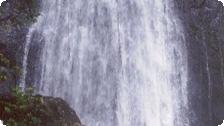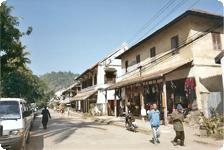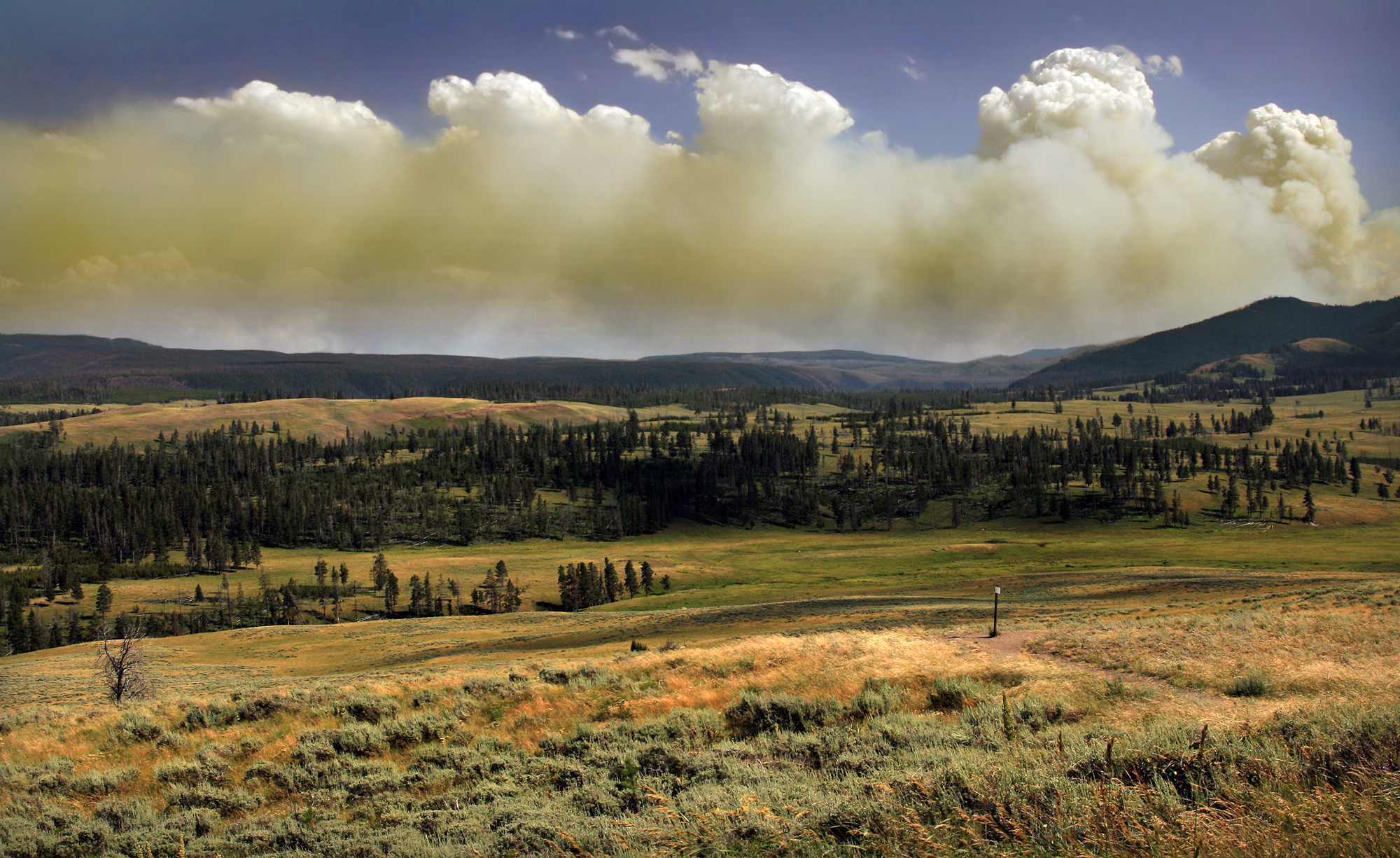by Gigi Ragland
Before I left for Thailand, friends advised me to visit Wat Po, the oldest and largest temple in Bangkok. They recommended Wat Po not because of the temple’s overwhelmingly stunning physical attributes, or because it holds Thailand’s largest reclining Buddha, but because it is home to the first Open University in Thailand, widely considered the only remaining library for ancient Thai massage techniques.
What was a Thai massage services school doing in a temple?
Having been raised in a church where the most physical thing you could do was kneel, I was intrigued. How was the physical, healing art of Thai massage connected to the ancient religion of Buddhism? I imagined a spa filled with rose-scented incense, golden Buddha statues, and saffron-robed monks in prayer.
In contrast to the magnificent golden temples, with their green-tiled roofs and multi-colored, mosaic chedi monuments, the massage school was an unimposing, whitewashed, one-story building with a brown, shingled roof. As I entered the school’s plain wooden doors, I was greeted with a polite sebai di from several petite Thai women standing at a glossy, teakwood hostess stand. To my left, wooden benches were crammed with waiting customers. It was a mixed bunch: tourists, an elderly woman, a mother and her child.
The waiting room opened up into a large space spanning the length of the building, filled with rows and rows of cots divided by a main aisle. There must have been about sixty-five beds in the room—clearly, privacy was not an issue. On the cots, bodies were being twisted, pulled, and flexed into all sorts of pretzel-like positions. I saw people on their backs, legs bent in a variety of configurations; people sitting cross-legged while the masseuse rotated their arms this way and that; a woman on her stomach being swayed like a rocking horse. I felt like a voyeur, and wondered how anything I saw there could feel good. My friends wouldn’t have suggested this if they didn’t think it was enjoyable—was somebody pulling my leg? (By the looks of things, somebody soon would be pulling it!)
No one was screaming, groaning, or crying out in pain. Quite the opposite: no knee-cracking or joint-popping at all. After all, this was not some modern-day form of medieval torture—it was Thai massage, a 2,500-year-old healing arts practice said to have originated with Buddha’s own physician. The technique, employed by Buddhist monks for centuries, is so revered that in the eighteenth century, stone carvings of the massage positions were erected at Wat Po to ensure that it wasn’t forgotten. To this day, the sixty carvings serve as a guide for the applied technique at the school.
There is a first time for everything. Often, you know you’re doing something that is good for you, but need a little coaxing. The fact that everyone at the massage school looked more relaxed than I felt was a good indicator that I should allow myself the same privilege. If it was good enough for Buddha, I realized, it should be good enough for me. As my attitude slowly shifted, I began to look forward to my Thai massage, designed to relax and revitalize my mind and my body.
The masseuse palmed and thumbed the soles of my feet with gentle, consistent pressure. She continued up each leg and across my upper body, using a variety of techniques, twisting and stretching my body into yoga-like positions, and applying deep pressure with her feet, palms, thumbs, and elbows. She would sit on the cot with me and press her foot against the inside of my thigh while pulling the top of my leg towards her. Then, she would up the sen lines of my leg with her palms, much like a cat kneading a cushy pillow. The effect was rhythmical and lulling. Each movement was meant to bring harmony and peace into my body, creating a sense of balance and well-being…
I was approaching Nirvana…and close to a catnap, too. No wonder Thai massage is considered part of a normal health regime in Thailand. I no longer felt like a sack of heavy groceries that had been transported across the Pacific. It was a revelation of profound relaxation—a religious experience indeed!






